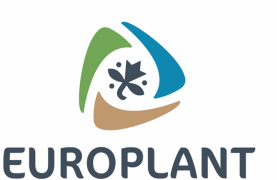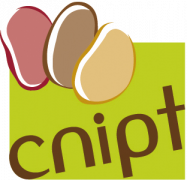The study aimed to optimise the process for developing low-fat potato wedges from coloured potatoes. The process involved high-temperature, short-time blanching (85 ℃ for 3 min) of sliced potatoes followed by low-temperature, long-time blanching (65 ℃ for 2, 4, 6, and 8 min). Blanching for 8 min was identified as the optimal time, based on FTIR, XRD, and oil uptake analysis. This blanching time was then used in the production of frozen potato wedges. Among the tested varieties, all demonstrated higher values of total anthocyanins, phenols, and flavonoid content compared to Lady Rosetta (control). Textural and sensory analysis revealed Kufri Neelkanth as the most suitable variety for wedges production due to its superior texture and sensory attributes.
Full publication URL















